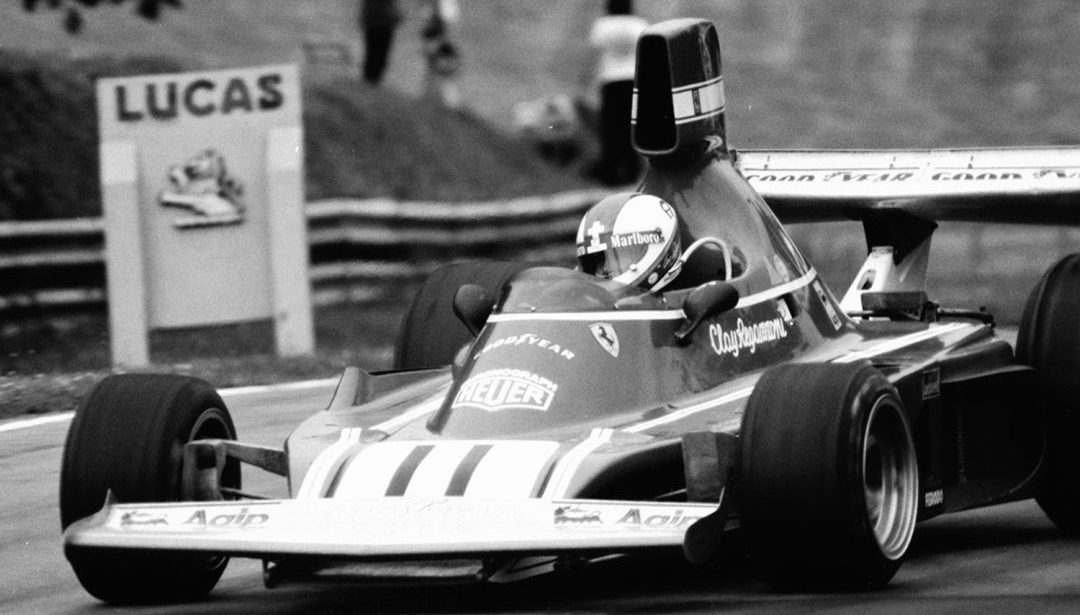Late last month, just as we were going to press, we learned of the tragic and untimely death of ’70s Formula One star Clay Regazzoni. Regazzoni was driving on the Italian Autostrada, on his way to a club function, when he lost control of his specially-equipped Chrysler Voyager and crashed into the center divider. While the details were somewhat sketchy as we went to press, it appears that Regazzoni may have suffered a heart attack.
Regazzoni’s legacy is long, and I would contend, rather unique. If you were a Tifosi in the mid-’70s, Regazzoni was like a god descended from the heavens. He, and his teammate Niki Lauda, broke Ferrari’s longest winless streak and returned the manufacturer’s championship to Maranello in 1976. From there, Regazzoni raced for a number of other teams, most notably Williams, where he gave them their first win as a manufacturer. However, the Formula One portion of his legacy came to a brutal end at Long Beach, in 1980, when the brake pedal of his Ensign snapped off at 160 mph, entering the braking zone of the long front straight. Regazzoni’s car shot down the escape road and plowed into the back of an abandoned car, which in turn catapulted it into a concrete barrier. It took the safety crew considerable time and effort to extricate him from the crumpled wreckage. The result of which was lower spinal cord damage that left Regazzoni relegated to a wheelchair for the rest of his life. Yet that is where his real legacy begins.
No Subscription? You’re missing out
Get immediate ad-free access to all our premium content.
Get Started



